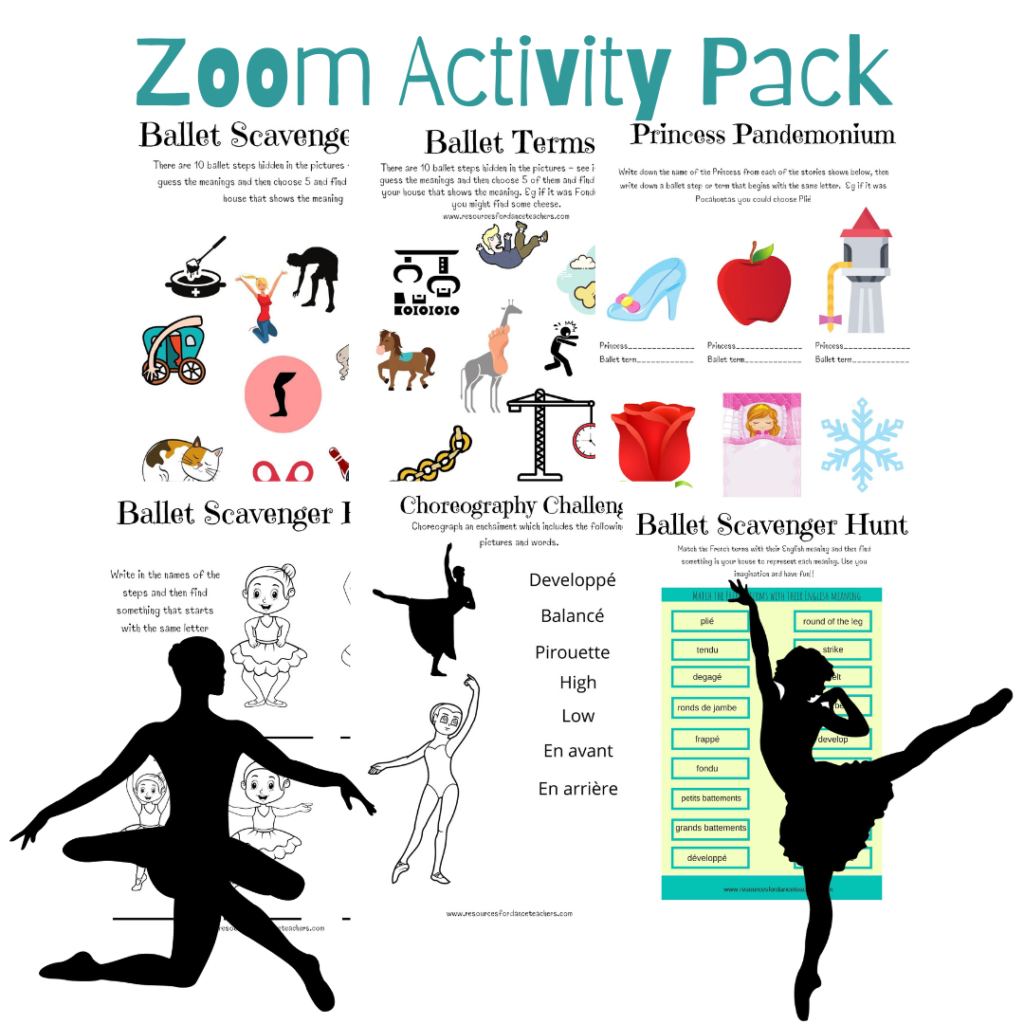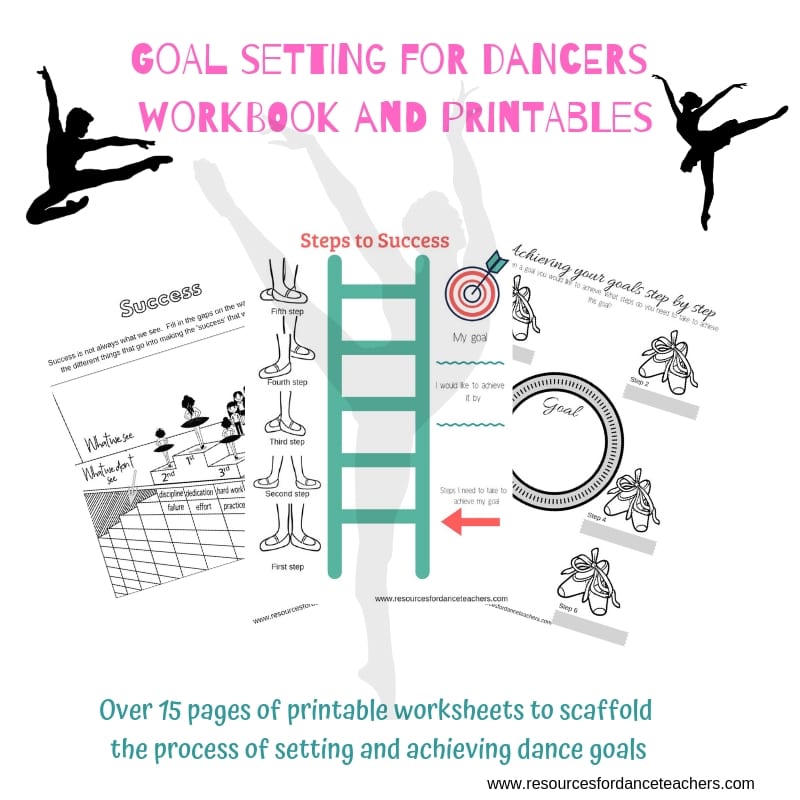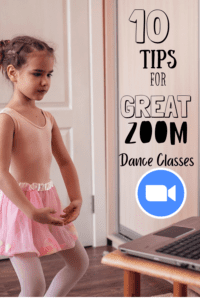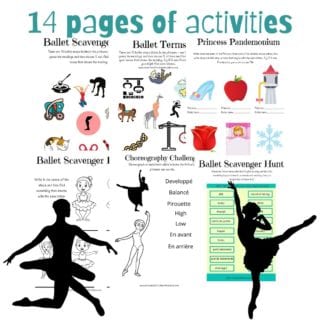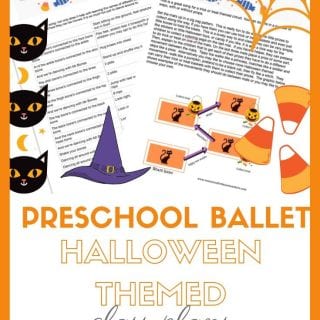10 tips for great Zoom dance classes
Learn to love teaching dance on Zoom – what 8 months on Zoom have taught me
During 2020, I have conducted the majority of my dance classes on Zoom – we went into Lockdown and our dance schools closed in March. At the time of writing it is early November and we are ‘due’ to go back to the studio in a limited capacity next week but Zoom will still be part of our lives for a while longer. The first day I ever taught on Zoom I wanted to cry. “This is no way to teach,” I thought! I absolutely HATED it. The energy and interaction that powers the studio environment were gone. I hated seeing my students as tiny muted squares. I felt like Zoom was just something to suffer through for a few weeks and that there was no hope of actually achieving anything from these online classes. As the weeks turned into months, and it became very clear that Zoom was not in fact the big, bad evil that was keeping me from my students but in fact my only lifeline to them. Slowly, I began to adapt to this strange new way of teaching. I had an extra advantage in that I listened to my own daughter being taught ballet on Zoom for 6 hours a day. Between my own experiences and listening into other teacher’s classes I ended up with a very firm idea of what works, what doesn’t, and what we as dance teachers need to do to not just adapt but indeed thrive on Zoom.
First things first, Zoom teaching will never replace in-studio teaching. However, if 2020 has taught us anything it is that we need to learn to adapt. Zoom dance classes are not the same as in-studio classes and accepting this and trying to focus on what can be achieved on Zoom makes a huge difference. Just let that sit for a moment. Step one in Zoom dance class success is to accept that Zoom classes are not just a replication of in-studio classes. You need to approach them differently, look for what can be achieved, and focus on achieving that. So what have I learned after 8 long months (and counting) on Zoom…..
- Set expectations: This is one area where Zoom classes and in-studio classes are similar. When I first started teaching on Zoom, I, like many teachers focussed on having fun, on getting the students comfortable with this new medium. That was March. Kids are beyond used to online learning now. We no longer have to worry about that. Of course, there is time for fun, but just as in the studio, nothing is possible without expectations and structure. Set the ground rules and stick to them. For me, my main rules were that students should not approach their device unless they had to adjust something. Unless it is watching time, students should stand still and listen. No lounging on couches or using the chat function to ping their friends.
- Cut down on demonstration wherever possible: When you start on Zoom, make your number one priority setting a routine. If you have exam work to work on, great! If not, choose a selection of exercises that you can repeat weekly. Of course, you can add to these but having a portion of the class where you don’t have to demonstrate is game-changing. Demonstrating on Zoom is not like demonstrating in class. In class, you can demonstrate AND watch but on Zoom it is really difficult to make sure your whole body is in the shot, deal with music, keep the interest of the class, and peer at tiny squares all at the same time. It is draining! However, once you can sit down in front of your computer and look at your students you can get on with the business of teaching. You can interact, you can use your personality to help the class along. You can give correction, you can give encouragement. The whole tone of the class changes. Another option is to have an older demonstrating student in the lesson. You can spotlight the student so other class members can watch them whilst you get on with the teaching. For older students, if you have some students who are more confident with the choreography or syllabus work you can suggest to the students that they pin certain students so as they have someone to watch. All of these free you up to teach more effectively.
- Choose what you teach: There are many things we can’t do on Zoom. Hello, grand allegro or across-the-floor combinations! However, there are many things that do work. Stretching and strengthening on Zoom is ideal. It doesn’t take much room and students often have various tools at their disposal (yoga blocks, stretch bands, etc) and there are all sorts of ways everyday household furniture can be used for stretch and strengthen. Because you can’t do certain parts of your normal class, it does mean that you, therefore, have more time to hone in on other areas. You might choose to do a whole class on feet and ankle flex and strengthening, or a class on hip flexibility or on extensions. When we are going full tilt in the studio, working towards exams, performances, etc, these kinds of classes aren’t always possible. Embrace the opportunity to work on some areas you might not always have time to when you are in the studio.
- Imagery, imagery, imagery: Not being in the same room means that you have to rely so much more on the words you use to impart correct dance technique to students. Pay attention to your use of imagery. Think about what you are teaching that day and brainstorm some imagery to help your students understand how you would like a certain step to look, Imagery can be further enhanced by the use of props (see below)
- Use props: One of the huge advantages I found in teaching from home was that I had all sorts of props on hand. Instead of talking about a sparkly diamond on their heel, I could show them a big sparkly plastic jewel. I grabbed icy lollies from my freezer to demonstrate what a relevé should look like, I used my artist’s model jointed figure to demonstrate placement, pieces of spaghetti, pieces of elastic, nothing in my house was safe during class. The kids could come up to the screen and have a look at my props which gave a nice flow to the class and also really helped impart what I was trying to teach them. For Preschool and young school-age classes, the chance to introduce magic into the class was wonderful. I could pretend my Cinderella Princess figurine had given me a high heel shoe that would lead us onto our tippy-toe walks.
- Use spotlight: The spotlight feature on Zoom is a wonderful motivational tool. The pride and excitement the students show when they are chosen to demonstrate a step on spotlight seems even greater than in the studio, particularly when mum or dad is in the next room. Spotlight is not only great for the students chosen but also a fantastic learning tool for other students to see what you are expecting of them. As always when rewarding students in this way, be very aware of how many times students are chosen to demonstrate and reward effort over ability. You might find this article on giving praise to dancers within a Growth Mindset framework useful.
- Use chat and share screen: The chat feature is a great feature of Zoom. Unmuting can be arduous. However, with the Private chat feature, you can ask students a question and they can answer publicly or privately. For example, if you wanted to ask a little ballet theory question, having students answer using the Private Chat feature gives all students a chance to answer. The chat is also great for worksheets, escape room type challenges, and more. Share screen is great (well except for the fact that it takes about a thousand clicks and swipes to get there but once you have it working, it has so many uses. You can share worksheets, you can share photos, you can do quizzes, and have the students answer using chat.
- Use groups: Just as in the studio, having students perform their work in smaller groups whilst other students watch has all the advantages of doing so in the studio. It creates a nice rhythm in the class, it gives you a better chance to see students and it works as a learning experience for those watching
- Private lessons work: Private lessons on ZOOM are GREAT, in particular lessons focussing on technique and strengthening and conditioning. Working one on one you can set goals, you can hone in on areas of flexibility or technique, and work on them with a level of focus and time that is just not available in a studio setting. Depending on school commitments it is sometimes possible to hold these during the day.
- Consider introducing other ideas: Just like you choose what you teach, Zoom also gives you the opportunity to incorporate other material into your lessons. The Growth Mindset and Success Mindset and Goal setting worksheet packs are perfect for sharing on Zoom.
You can find more Studio Shutdown resources here or if you would like to download a pack of free resources for teaching online just enter your email below.

